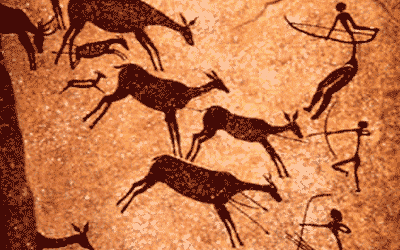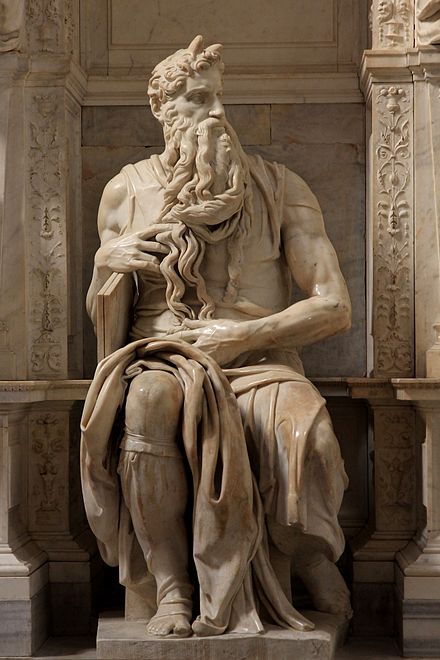History of Charcoal Art
Definition
Charcoal art refers to the use of charcoal as a medium for creating visual art, such as drawings, paintings, and sculptures. Charcoal is made from burned wood or other organic materials and has been used by humans for thousands of years for a variety of purposes, including as a fuel source, for cooking, and for creating art. These drawings provide a glimpse into the lives and cultures of early humans and are an important part of our shared cultural heritage.
Early Charcoal Art: Cave Drawings
Cave drawings made with charcoal can be found in many parts of the world, including Europe, Africa, and Australia. These drawings often depict animals, landscapes, and human figures and were created using a variety of techniques.

To create a charcoal cave drawing, early humans would have used sticks or other pointed tools to apply the charcoal to the cave walls. They may have also used their fingers or other implements to smudge or blend the charcoal to create different effects.
Charcoal cave drawings are an important source of information about early human cultures and provide insight into the beliefs, customs, and daily lives of these ancient peoples. These drawings can also help to shed light on the artistic traditions and techniques of early humans and serve as an important record of our shared human history.
Charcoal During the Renaissance
Renaissance artists used charcoal for a variety of purposes, including as a way to quickly capture the human form and as a means of creating detailed studies of plants and animals.
Some notable examples of charcoal art from the Renaissance period include Leonardo da Vinci’s famous “Vitruvian Man” drawing and Michelangelo’s “Study of a Kneeling Nude for the Tomb of Pope Julius II.” These works, and others like them, demonstrate the skill and versatility of Renaissance artists in using charcoal as an artistic medium.

To create charcoal art, Renaissance artists typically used sticks of compressed charcoal or charcoal pencils. They would apply the charcoal to the surface with a variety of strokes and techniques, including hatching, cross-hatching, and stippling, to create different effects and levels of detail. Some artists also used erasers to remove or lighten areas of the charcoal drawing, while others would use a brush or sponge to soften or blend the lines.
Modern Charcoal Art
It remains a popular medium in modern and contemporary art, with many artists continuing to use it in a variety of ways. Modern and contemporary art can take many forms, from highly detailed, photorealistic drawings to loose, expressive sketches.

Some examples of modern charcoal art include works by artists such as Chuck Close, known for his large-scale, photorealistic charcoal portraits, and German artist Kai Fine Art, who creates detailed charcoal drawings of animals and nature scenes.
To create modern charcoal art, artists may use a variety of techniques and approaches. Some artists work directly with sticks of compressed charcoal or charcoal pencils, while others may create preliminary drawings using other media, such as pencil or ink, and then transfer the image to paper or canvas using charcoal. Many modern artists also make use of digital tools, such as graphics tablets and software, to create or enhance their charcoal art.
Charcoal remains an important and widely used medium in contemporary art, with many artists finding it to be a versatile and expressive tool for creating a wide range of artworks.
Conclusion
The evolution of charcoal art reflects the changing styles and techniques of artists throughout history. From the earliest known charcoal cave drawings, to the detailed studies of the Renaissance, to the expressive sketches and photorealistic drawings of modern and contemporary artists, charcoal has remained a popular and enduring medium.
One reason for the enduring popularity of charcoal as an artistic medium is its versatility. It is also easy to work with and readily available, making it accessible to artists of all skill levels.
Another reason for the enduring popularity of charcoal is its expressive quality. Charcoal has a rich, velvety texture that can add depth and drama to a drawing or painting, and its ability to create a range of tones and values allows artists to create works with great contrast and impact.
Overall, the evolution of charcoal art reflects the changing styles and techniques of artists throughout history and the enduring appeal of this versatile and expressive medium.
